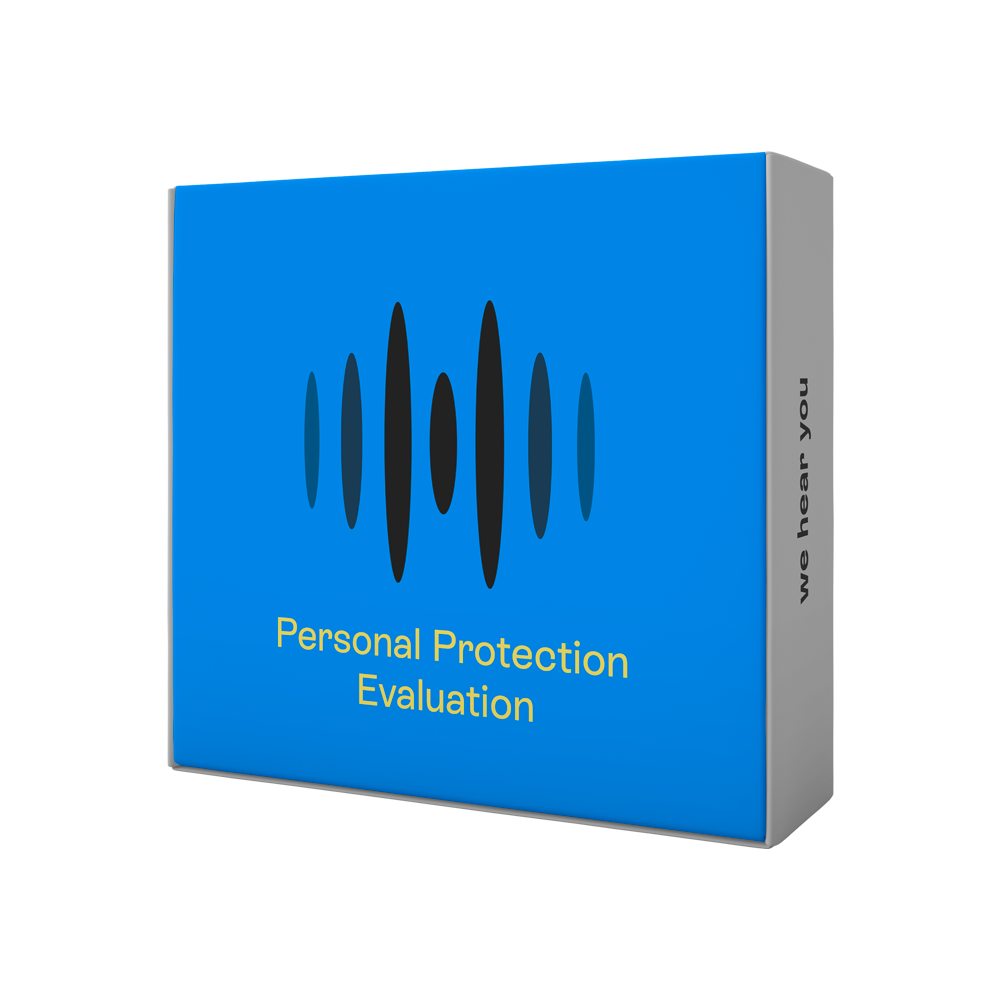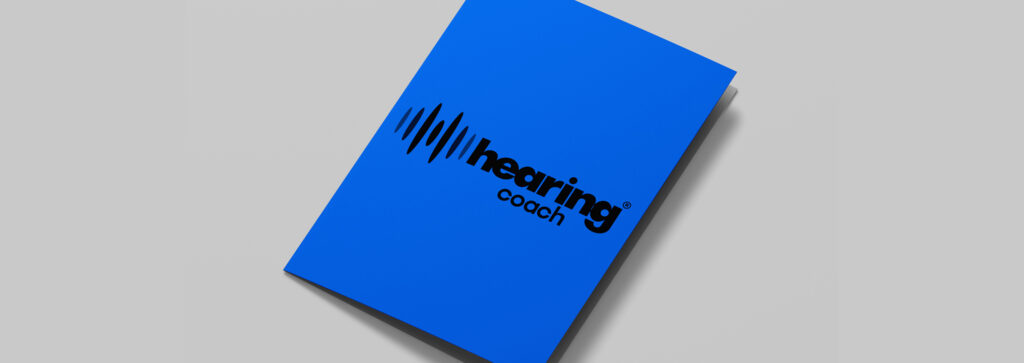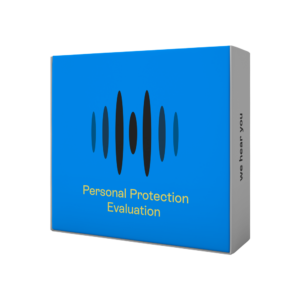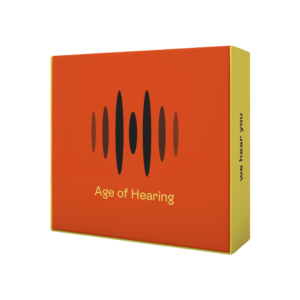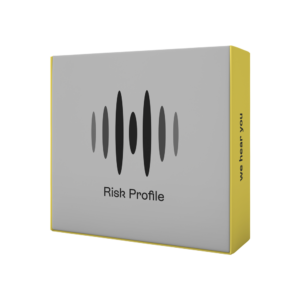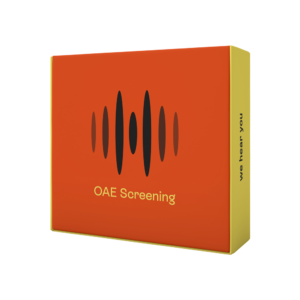Personal Protection Evaluation
Vanaf € 712,50 Excl. 21% BTW
Kwantificeer de werkelijke demping van gehoorbeschermers en controleer de bescherming van de drager.
- Revolutionaire tool voor professionals
- Geeft inzicht aan de daadwerkelijke demping van maatwerk oordoppen
- Beoordeelt de beschermende functie tijdens blootstelling
Let op
Na aanschaf van dit product ontvang je (op werkdagen) binnen 24 uur een licentiesleutel. Deze sleutel heb je nodig voor het activeren van de software. Je kunt wel alvast de software downloaden en een account aanmaken. De downloads voor Windows en MacOS vind je hier, evenals een link voor het registreren van jouw account.
